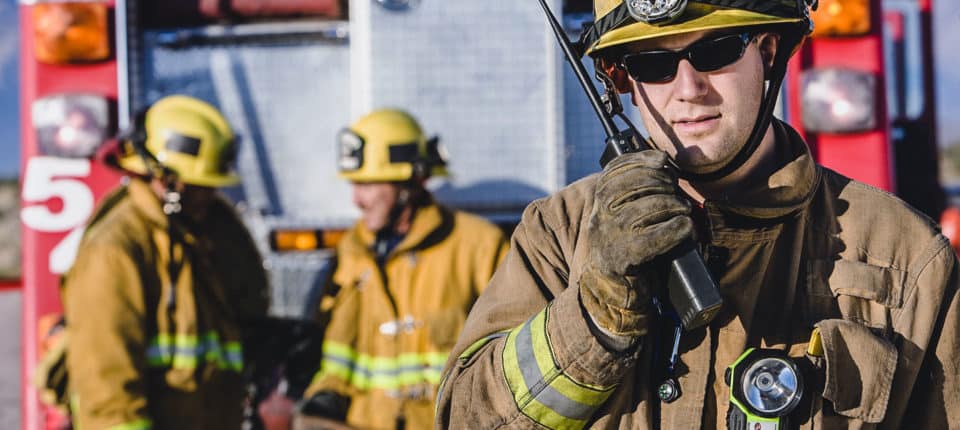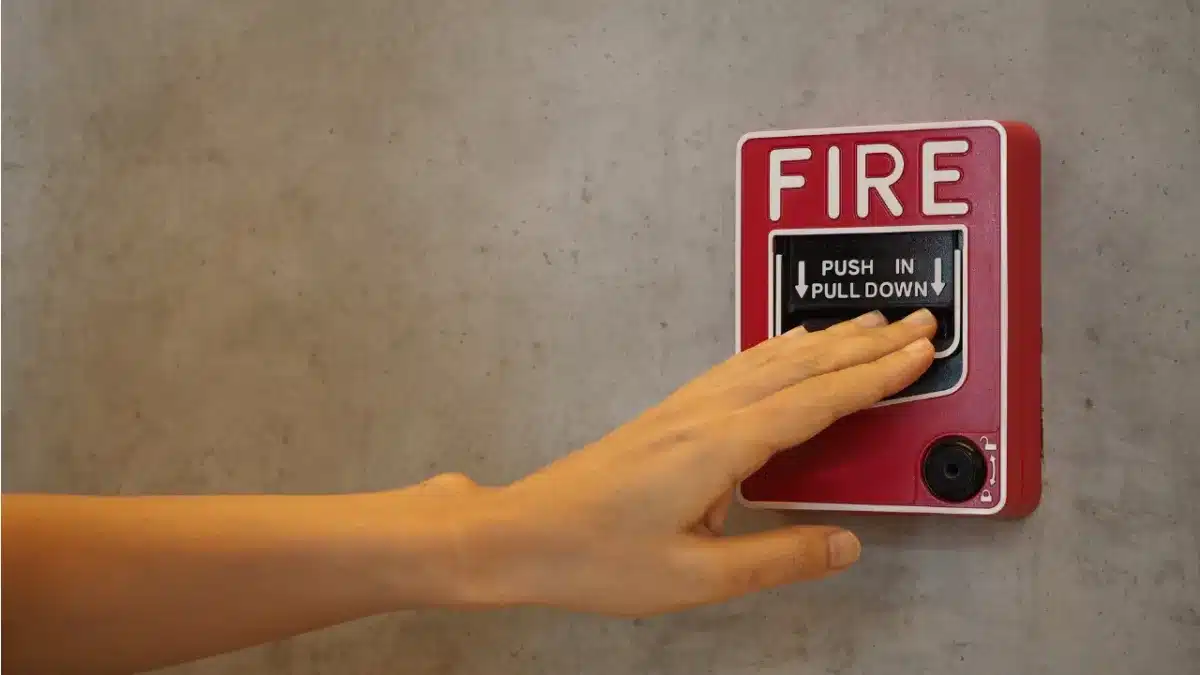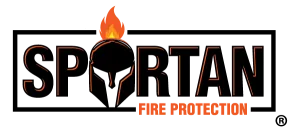Understanding and Preventing Industrial Fires: A Safety Guide

In industrial environments, fire safety isn’t just about compliance—it’s about protecting lives, assets, and business continuity. This comprehensive guide explores the essential aspects of fire prevention and response in industrial settings, providing practical strategies that can be implemented immediately.
Understanding the Fire Triangle in Industrial Contexts
It’s crucial to understand how fires start in industrial settings. The fire triangle consists of three elements: fuel, oxygen, and heat. In industrial environments, these components often exist in abundance:
- Fuel sources might include flammable liquids, gases, dust, or solid materials
- Oxygen is present in the air and sometimes in higher concentrations in certain processes
- Heat sources can range from electrical equipment to friction in machinery
Preventive Measures: Creating a Fire-Resistant Workplace
1. Regular Risk Assessments
- Identifying potential ignition sources
- Mapping locations of flammable materials
- Evaluating current safety protocols
- Assessing emergency response readiness
Remember that risk assessment isn’t a one-time activity—it’s an ongoing process that should evolve with your facility’s changing needs.
2. Proper Material Storage and Handling
The cornerstone of local fire prevention lies in proper material management:
- Store flammable liquids in designated safety cabinets with proper ventilation. Always maintain separation between incompatible materials, using the chemical compatibility chart as your guide. Consider implementing a digital inventory system to track the location and quantity of hazardous materials.
3. Equipment Maintenance and Monitoring
- Implement a preventive maintenance schedule for all equipment
- Use thermal imaging to detect potential hotspots before they become problems
- Keep detailed maintenance logs and address issues promptly
- Install and regularly test heat sensors and fire detection systems
4. Employee Training and Safety Culture
- Train employees on fire prevention basics, emergency procedures, and the proper use of fire-fighting equipment. Consider implementing a buddy system where workers check each other’s work areas for potential hazards at the end of each shift.
Emergency Response: When Prevention Isn’t Enough
Despite best prevention efforts, being prepared for emergencies is crucial:
Creating an Effective Emergency Response Plan
- Clear and easily accessible
- Regularly updated and practiced
- Specific to different types of fires and scenarios
- Coordinated with local emergency services
Equipment and Infrastructure
- Appropriate fire extinguishers for different types of fires
- Clearly marked emergency exits and assembly points
- Functional fire alarms
- Emergency lighting and backup power systems
- Advanced Fire Prevention Technologies
- Smart sensors that detect unusual temperature changes
- AI-powered surveillance systems that identify potential hazards
- Automated shutdown systems for critical equipment
- Advanced fire suppression systems designed for specific industrial processes
Regulatory Compliance and Documentation
- All fire safety training sessions
- Equipment maintenance and inspections
- Fire drill procedures and outcomes
- Incident reports and follow-up actions
Building a Sustainable Fire Prevention Program
- Regular Review and Updates
- Assess the effectiveness of current measures
- Stay informed about new safety technologies and best practices
- Update procedures based on lessons learned
- Continuous Improvement
- Encourage feedback from employees
- Learn from near-misses and incidents
- Adapt to changing industrial processes and requirements
Conclusion
Remember: The most effective fire prevention program is one that never needs to be tested in a real emergency. Stay proactive, stay prepared, and always prioritize safety over convenience.
Related Articles

How Do Fire Alarm Systems Actually Work?
Understand the operation of fire alarm systems, helping you ensure timely detection, effective alerts, and proper maintenance for optimal safety.

How To Clean Up Fire Extinguisher Residue
Learn effective methods to safely clean different types of fire extinguisher residues, ensuring your space is restored and hazards are minimized.
